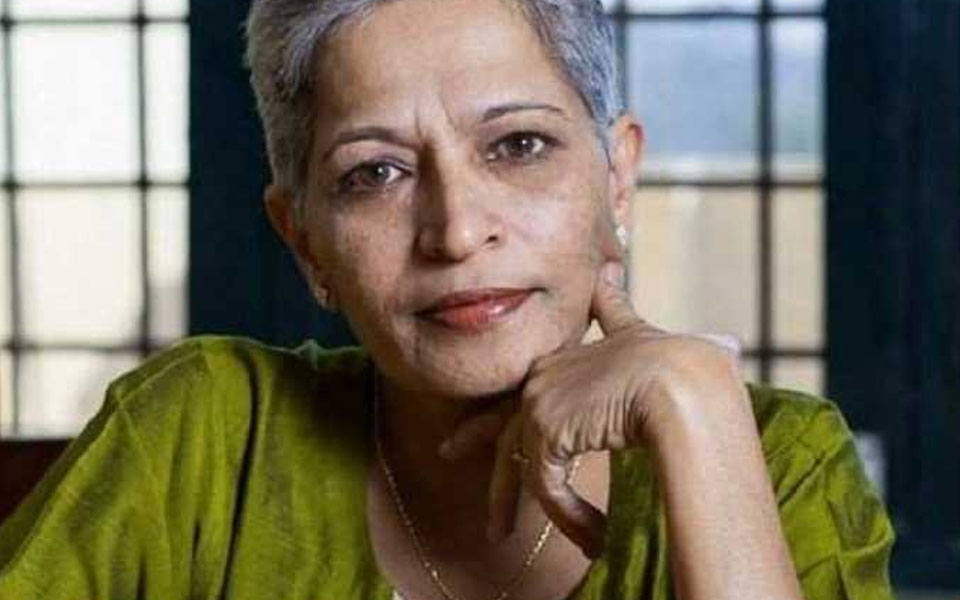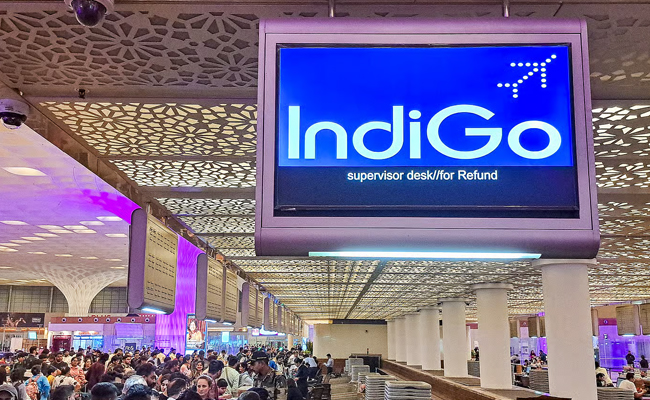Bengaluru: The legal team defending the main accused in the Gauri Lankesh murder case seem to be preparing for a long, protracted battle. They have filed a petition against four magistrates of the Additional Chief Metropolitan Magistrate (ACMM) courts who presided over the proceedings of the cases and alleged lapses on their part in following the Supreme Court guidelines. They have been accused of dereliction of duty and acting with a strong bias against their clients, mainly Amol Kale, Suchith Kumar, Amit Degwekar and Manohar Edave – who are among the main suspects arrested in connection with plotting and executing Gauri Lankesh’s murder. These men are also implicated for the foiled murder attempt on KS Bhagwan, a Kannada writer. The high court is expected to take up the matter for hearing on Monday.
This petition comes after the one filed in the high court alleging police torture.
“As per the apex court guidelines, if the accused say before the court that he was ill-treated and assaulted by the police after his arrest, then there are specific procedures that need to be followed to ensure basic justice. We had earlier written to the registrar general of the high court demanding departmental action against these magistrates,” said NP Amruthesh, HC lawyer representing the petitioners.
The four magistrates mentioned by name in the petition are – Somasekhara, presiding officer of Vth ACMM court, V Prakash, presiding officer of III ACMM court, Jagadessh, presiding officer of Ist ACMM court and Mala, presiding officer of 44th ACMM court. The petitioners have claimed that as per law, the magistrates should have referred their clients to the district medical officer for physical examination and medical treatment since they had alleged physical torture before them in open court. However, Amruthesh has alleged that these magistrates did not record it in the order in violation of their official responsibility. The writ petition was filed on June 22.
“The writ petitions have been filed and it is under the scrutiny of the High Court at the moment,” said Virendra Ichalkaranjikar, President, Hindu Vidhidnya Parishad, which is representing the accused.
Apart from the four magistrates, the registrar general of the high court, state government, state and national human rights commissions have also been made respondents in the petition. Sources connected with the case pointed out that the petition could adversely affect the judicial officers as its final outcome might have a direct bearing on their promotion and career records apart from prolonging the
judicial process in the murder case.
Amol Kale, one of the main accused in the Gauri Lankesh murder case who is being projected as the mastermind, told the court last month that he was physically assaulted by the SIT members. Similar allegations have also been made against the Cottonpet police where the KS Bhagwan case was being investigated. Sources also pointed out that more writ petitions are expected in the coming days against the SIT and the concerned officials as Suresh Kumal L (36), another key accused in the Gauri case, had alleged before the court last week that he was also slapped and assaulted by the SIT officials.
courtesy : bangaloremirror.indiatimes.com
Let the Truth be known. If you read VB and like VB, please be a VB Supporter and Help us deliver the Truth to one and all.
Bengaluru (PTI): The Karnataka government has issued directions to municipal corporations across the state to regulate and prohibit feeding pigeons in public places, citing serious public health concerns.
Deputy Secretary to Government V Lakshmikanth has written to the Urban Development Department requesting it to issue directions to the Greater Bengaluru Authority (GBA) and all municipal corporations to take immediate steps to implement the measures.
In an official note dated December 16 issued by the Health and Family Welfare Department and released to the media on Wednesday, the department said uncontrolled feeding of pigeons in public places has resulted in large congregations of birds, excessive droppings and serious health concerns, particularly respiratory illnesses linked to prolonged exposure to pigeon droppings and feathers such as hypersensitivity pneumonitis and other lung diseases.
ALSO READ: Chinese GPS tracker found on seagull near Karwar Coast
"The commissioner, the Greater Bengaluru Authority and the Commissioners and chief officers of other municipal corporations shall take necessary action to mitigate the causes of dangerous disease spread by pigeon and enforce specified guidelines in their respective jurisdiction," the note said.
According to the department, these include a prohibition on feeding pigeons or causing pigeons to be fed in areas where it may cause nuisance or pose a health hazard to the public. Pigeon feeding shall be permitted only in designated areas in a controlled manner, subject to certain conditions.
"The designated areas may be selected in consultation with stakeholders. The responsibility for upkeep of the designated areas and compliance to the directions shall be taken up by some charitable organisation or an NGO. The feeding in designated areas shall be permitted only for some limited hours in the day," it said.
The note further stated that authorised officers of local authorities shall issue on-the-spot warnings and may impose fines for violation of the order, or lodge complaints to prosecute offenders under Sections 271 (Negligent act likely to spread infection of disease dangerous to life) and 272 (Malignant act likely to spread infection of disease dangerous to life) of the Bharatiya Nyaya Sanhita.
It also directed local authorities to conduct public awareness campaigns, including the display of signboards, banners and digital messages, explaining the health hazards associated with pigeon droppings and feathers, the content of the regulatory directions and penalties for violations, and alternative humane methods of bird conservation that do not endanger public health.





